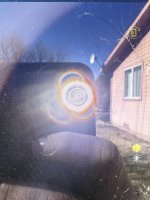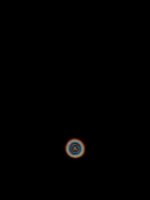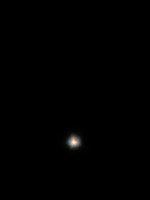Juhani,
Your latest pictures also show what looks a little like pinched optics. I'm referring to the triangular shape of the inner rings and what looks like brighter points in the rings at the corners. This could just be an artefact of the photos, but I had long time ago a Nikon ED 78 A which had this, and an optical technician friend managed to isolate the cause to the focussing doublet, which had apparently been cemented together with a little too much pressure. He re-cemented it, which improved things, and then managed to obtain a replacement doublet which was perfect and improved the image further.
Other than that, I'm not sure I've seen pinching in spotting scopes. If this actually is pinching, it would add another aberration into the growing list of 99's sins.












